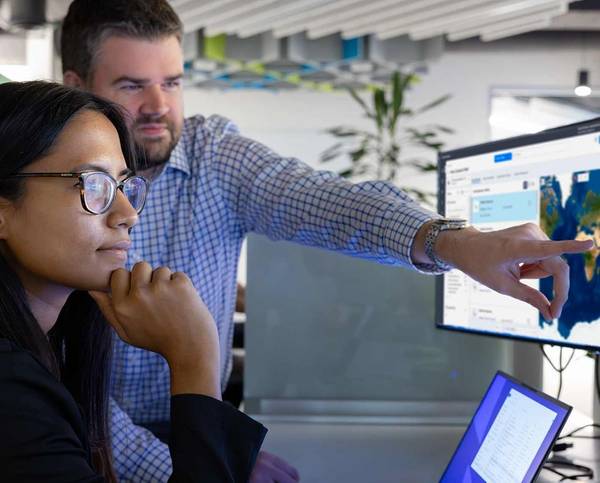
SLB has launched the Lumi™ data and AI platform which integrates advanced AI capabilities with workflows across the energy value chain.
The open, secure and modular platform allows access to high-quality data across subsurface, surface, planning and operations, which SLB says increases cross-domain collaboration and improves the quality and speed of decision making.
The latest large language models (LLMs) as well as industry-optimized domain foundation models from SLB will be embedded in the platform which is built on the latest industry standards. It will be available on all major cloud service providers as well as on-premises.
SLB’s customers can train and deploy industry-specific traditional and generative AI models, including foundational models for exploration and production (E&P) by SLB.
SLB’s Delfi™ digital platform will use the data foundations and machine learning capabilities of the Lumi platform. This will enable more powerful and agile reservoir modeling, seismic and wellbore interpretation, directional drilling and geosteering workflows, says SLB. It will also enable new capabilities for automation and operational efficiencies.
The open architecture of the platform liberates data from structured and unstructured sources using standard and open protocols, including the Open Group’s OSDU® Technical Standard, an open data standard for the energy industry. It leverages Cognite Data Fusion® to connect and analyze production data to optimize operations. The platform also complies with the National Institute of Standards and Technology (NIST) cybersecurity standards and emerging AI standards and legislation.
“AI is fundamentally altering the dynamics of our industry, but its transformational potential is hindered by the complexity of our industry’s data ecosystems,” said Rakesh Jaggi, president, Digital and Integration, SLB. “Through the Lumi data and AI platform, we will liberate and contextualize data for our global customers across domains – enabling them to scale advanced AI workflows and accelerate their ongoing digital transformation.”



